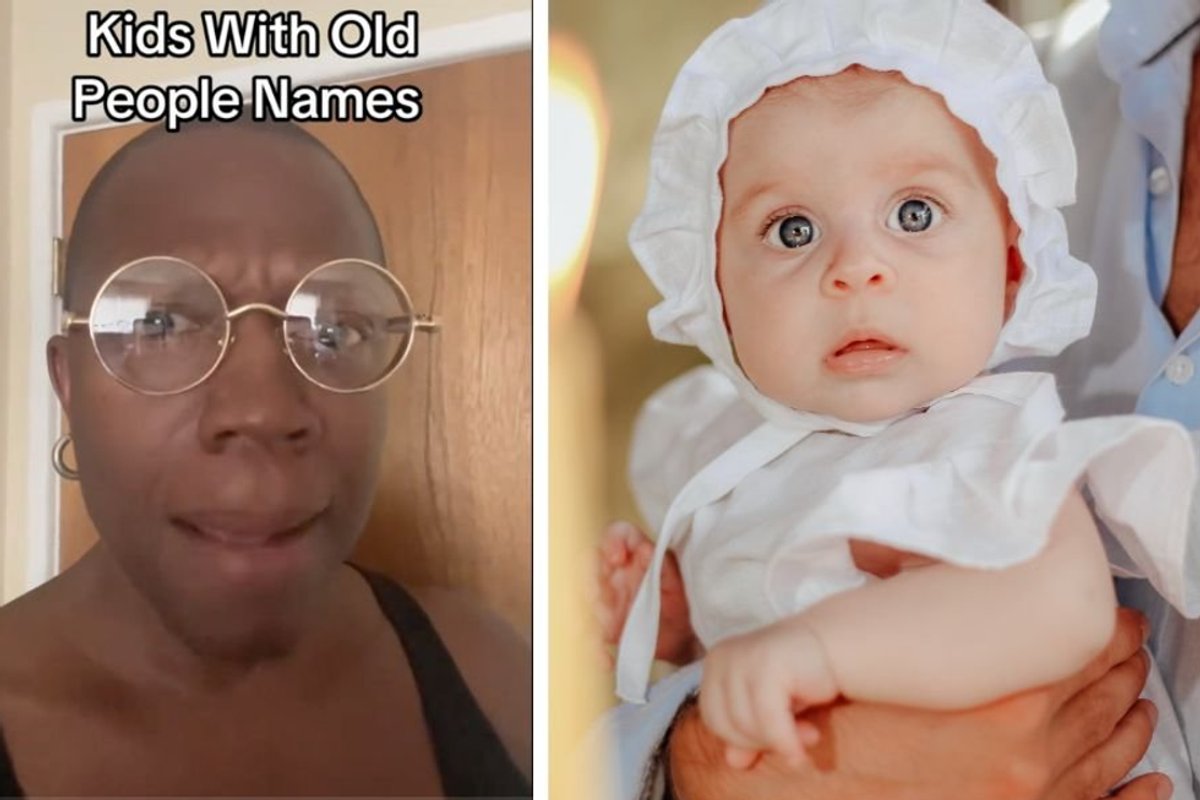A French magazine made a comic to help adults talk about the Paris attacks with their kids.
Talking about tragedies with children is really difficult. This magazine hopes to make the conversation a little easier.
In the aftermath of the Paris terrorist attacks on Nov. 13, 2015, hearts around the world melted when we watched French father Angel Le comfort his young son.
Brandon was understandably scared.
GIFs via IN THE NOW/YouTube.
But Angel offered words of comfort.
Because the candles and flowers represent more than just mourning. They're a symbol of the power of peace, unity, healing, and dedication to fighting hate with love.
Understandably, not all of us feel as confident in our abilities to talk to our kids about violent events like this.
In times of tragedy, we struggle to understand what's behind such senseless violence. It can be extra difficult to balance the weight of these feelings when a child comes to us with questions.
How do we answer in a way that's honest and helpful?
Parisian boy looks at memorial candles outside Bataclan concert hall. Photo by Jeff J Mitchell/Getty Images.
That's why parents and teachers reached out to Astrapi — one of France's most popular children's magazines — to help with these difficult conversations.
In just 24 hours, Astrapi made and released a free, downloadable two-page pamphlet that makes this tough topic a little bit easier to tackle.
The geniuses behind the pamphlet? French cartoonist Frédéric Benaglia and his editor (and wife) Gwenaelee Boulet — who are parents themselves. They worked quickly to create this vital resource.
English version of the Astrapi pamphlet. Screenshot via BBC News/YouTube.
The pamphlet asks the questions that many children — and even adults — have in the aftermath of terrorist attacks:
"Why kill innocent people? Who are the terrorists? What can we do?"
And it provides some honest, powerful, and comforting answers:
"These ultra-violent men have nothing to do with most Muslims, who live their faith quietly. They are attacking France because it's a free country, where everyone can express themselves and live freely.
The best way to respond to the violence and madness of these men is to continue to live normally and defend one's ideas while respecting others."
Man and child walk by "Pray for Paris" graffiti on the road. Photo by Joel Saget/AFP/Getty Images.
Benaglia knew the accompanying images would be just as important as the words, so he worked hard to capture the sadness and compassion many children may have seen in others or felt themselves.
He explains in an interview with PBS, "I didn't want something too aggressive, I didn't want images of the Eiffel Tower broken or bloodied, but I wanted to show the pain. I think that's the feeling we all had."
Screenshot via BBC News/YouTube.
Why use a cartoon to talk about such a serious topic? Child psychologists say illustrations can be a great tool to help children cope with traumatic events.
When it comes to sensitive topics, imagery can be much easier for children to understand than just words. Instead of fumbling over abstract explanations of how the violence was an attack on French values, parents can use this pamphlet to provide an age-sensitive depiction of how terrorism is affecting people.
And the comic has really worked: The pamphlet has already reached so many.
According to PBS, in the first week of the pamphlet's publication, more than 2 million people visited the site to download it.
And the Facebook post announcing the cartoon has almost 15,000 shares, and counting. Now that's a message worth spreading.



 Worried mother and children during the Great Depression era. Photo by Dorthea Lange via Library of Congress
Worried mother and children during the Great Depression era. Photo by Dorthea Lange via Library of Congress  A mother reflects with her children during the Great Depression. Photo by Dorthea Lange via Library of Congress
A mother reflects with her children during the Great Depression. Photo by Dorthea Lange via Library of Congress  Families on the move suffered enormous hardships during The Great Depression.Photo by Dorthea Lange via Library of Congress
Families on the move suffered enormous hardships during The Great Depression.Photo by Dorthea Lange via Library of Congress

 Millennial mom struggles to organize her son's room.Image via Canva/fotostorm
Millennial mom struggles to organize her son's room.Image via Canva/fotostorm Boomer grandparents have a video call with grandkids.Image via Canva/Tima Miroshnichenko
Boomer grandparents have a video call with grandkids.Image via Canva/Tima Miroshnichenko
 Classic Film GIF
Classic Film GIF  Oh nothing, just Edyth, Arthur, and Iris hanging out at the park.
Oh nothing, just Edyth, Arthur, and Iris hanging out at the park.
 It helps that Golden Retrievers are notoriously friendly. Photo by
It helps that Golden Retrievers are notoriously friendly. Photo by